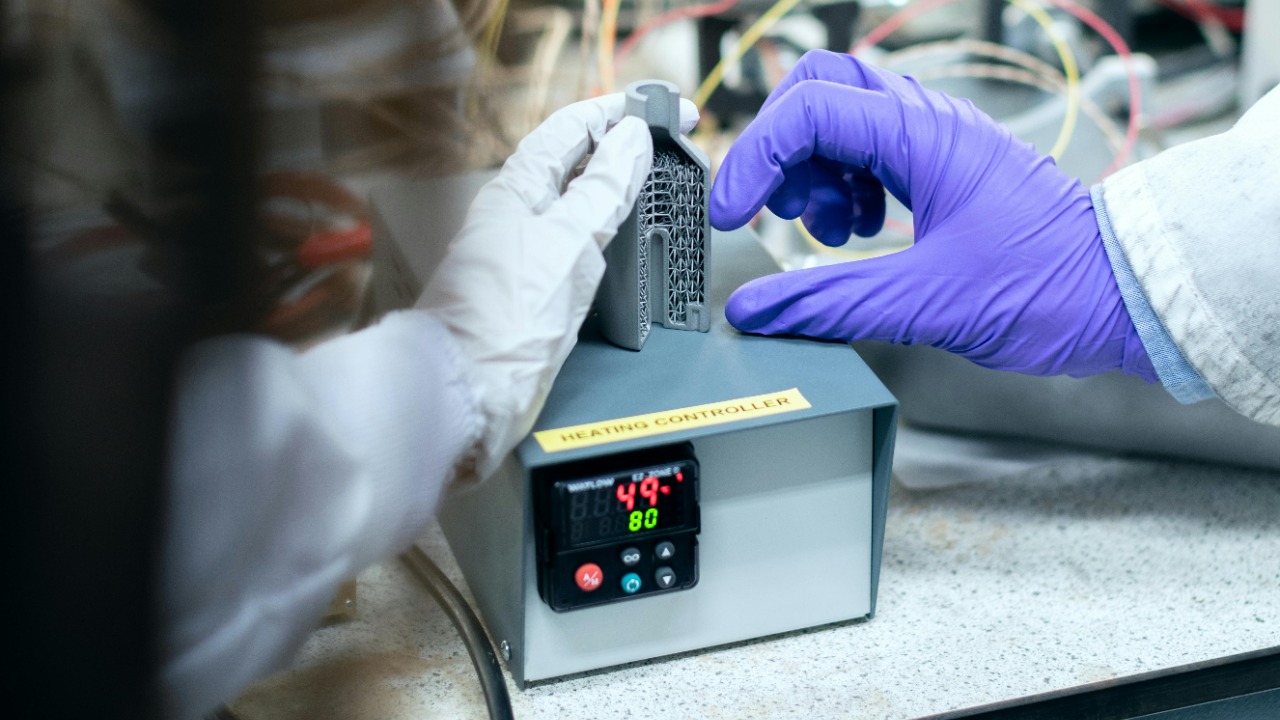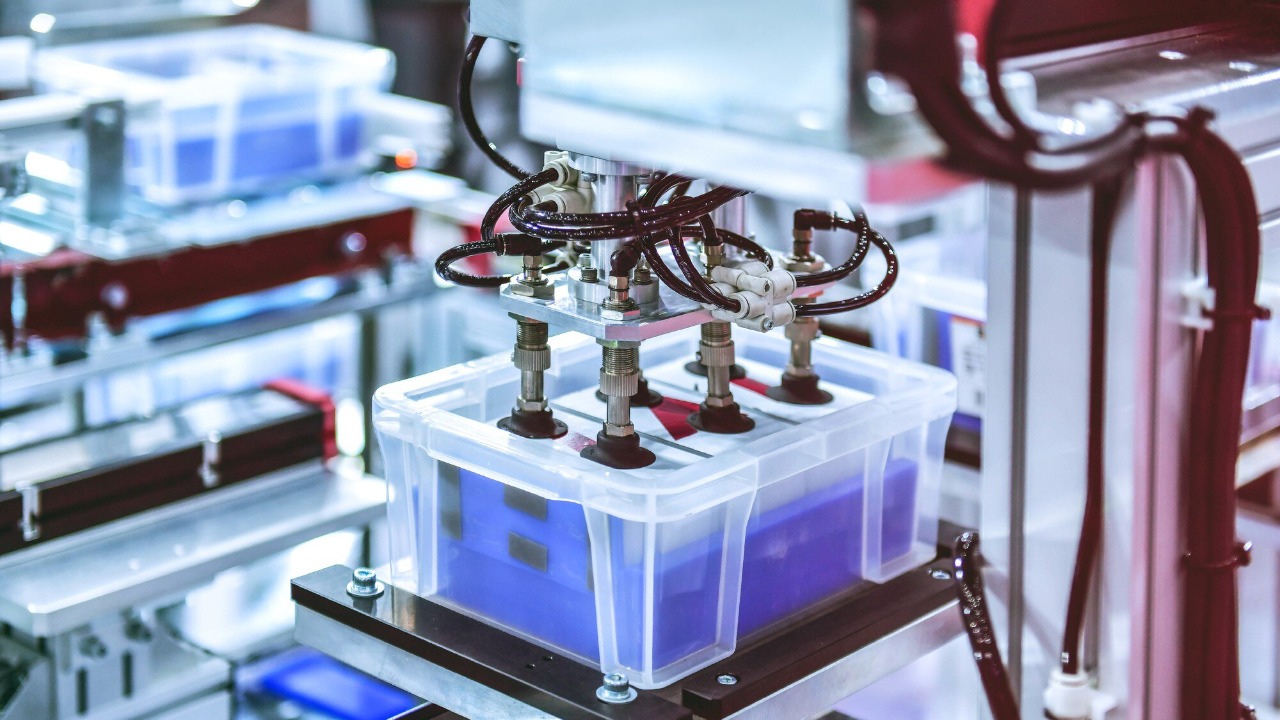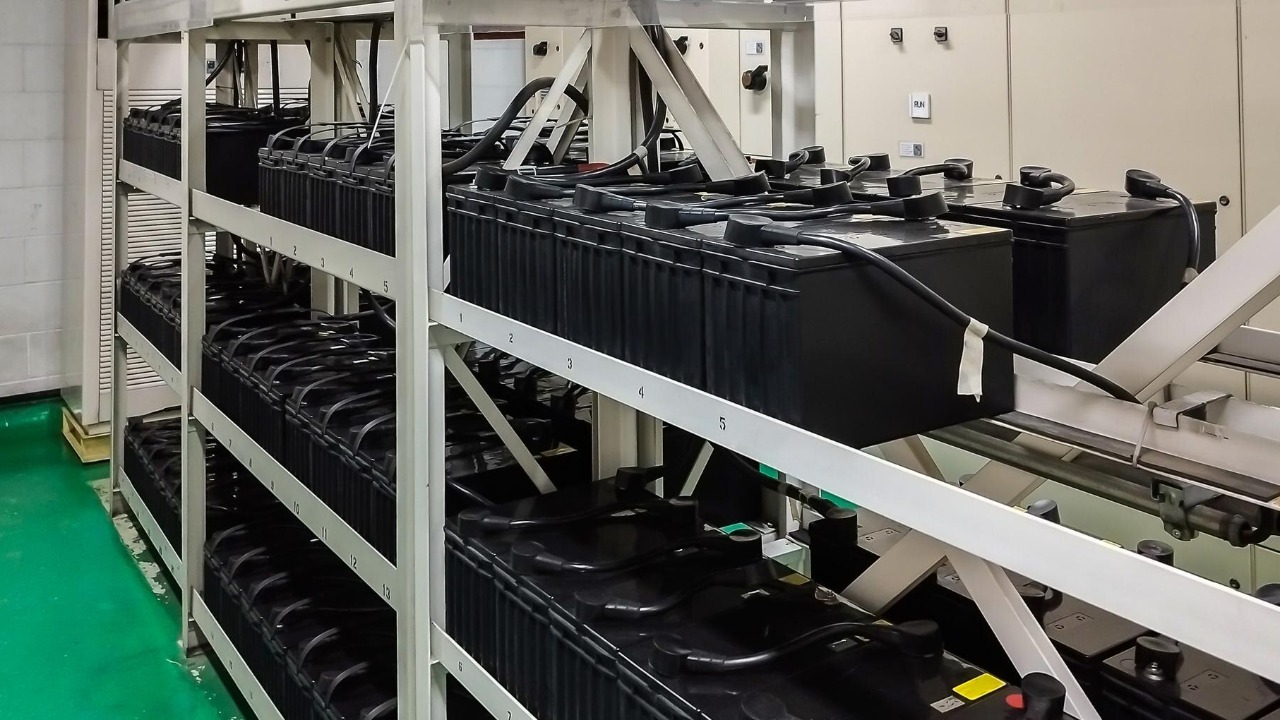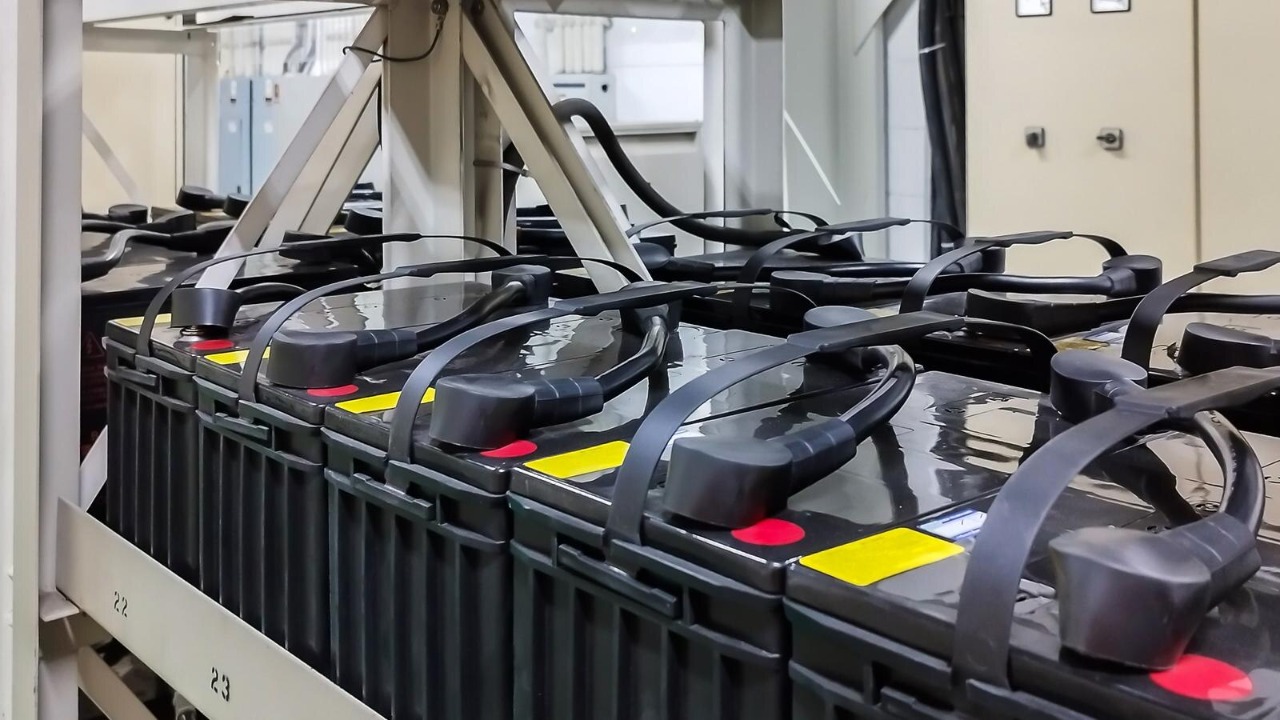
Scientists have made a groundbreaking advancement by inventing a battery that charges in just 60 seconds. This revolutionary technology promises to transform industries reliant on battery power, offering quicker and more efficient energy solutions. The development holds the potential to significantly impact consumer electronics, electric vehicles, and various other applications.
The Science Behind the Innovation

The breakthrough in battery technology stems from a novel approach in both materials and engineering principles. Scientists have utilized nanostructured materials that allow for rapid ion transfer, which is crucial for fast charging. This is a departure from the conventional lithium-ion batteries, which rely on a slower diffusion process. The new design incorporates graphene and other advanced materials to create a more efficient and conductive pathway for ions.
When compared to traditional lithium-ion batteries, this new technology offers a significant improvement not only in charging speed but also in energy efficiency. Current fast-charging technologies, while faster than standard charging, still require several minutes to several hours to fully charge a device. The new battery’s ability to charge in just 60 seconds marks a considerable leap forward. According to research published in leading scientific journals, the key findings highlight the use of advanced electrode materials and innovative cell design, which together contribute to the rapid charging capability.
Potential Applications and Impacts

The implications of a 60-second charging battery extend far beyond personal electronics. In the realm of consumer electronics, devices such as smartphones and laptops will benefit immensely from this technology. Imagine a scenario where your smartphone can be fully charged in the time it takes to make a cup of coffee. This could fundamentally change how we interact with our devices, as charging would become a negligible inconvenience.
For electric vehicles (EVs), the impact could be transformative. One of the major barriers to widespread EV adoption is the lengthy charging time compared to refueling a gasoline vehicle. With this new battery technology, charging downtime could be reduced significantly, potentially making EVs more appealing to a broader audience. This advancement aligns with efforts to create more sustainable transportation solutions. Moreover, sectors such as renewable energy storage and medical devices could also benefit. Medical devices that rely on battery power could see extended operation times and reduced downtime, improving patient care and device reliability.
Challenges and Considerations

Despite its promising potential, the new battery technology faces several challenges. One of the primary concerns is the scalability of the technology for mass production. The materials used in the battery, although effective, may be costly or difficult to produce in large quantities. This could raise the overall cost of the batteries, making them less accessible to the general public.
Environmental and safety concerns are also important considerations. As with any new technology, understanding its environmental impact is crucial. The production process and disposal of these batteries must be evaluated to ensure they do not pose a greater environmental burden. Additionally, the infrastructure required to support widespread adoption, such as charging stations and grid compatibility, must be developed. This could involve substantial investments in upgrading existing systems or creating new ones, which could pose logistical and financial challenges.
Future Prospects and Developments

Looking ahead, there are exciting prospects for the continued development of this battery technology. Future enhancements could focus on increasing the energy density of the batteries, allowing them to store more power in the same size. This would be particularly beneficial for applications where space and weight are critical factors, such as in aerospace and portable electronics.
Ongoing research and potential collaborations between industries and academic institutions are likely to drive further innovations. For instance, partnerships between universities and technology companies could accelerate the development of even more efficient and durable batteries. The timeline for commercialization and availability to the general public will depend on overcoming the current challenges and ensuring the technology is both economically viable and safe for widespread use. Nonetheless, experts predict that within the next decade, we could see the first commercial applications of this groundbreaking technology.
Broader Implications for Science and Society

The development of a battery that charges in just 60 seconds is not just a technical achievement; it’s a testament to the ongoing drive for scientific progress and technological advancement. Innovations like this play a crucial role in pushing the boundaries of what is possible, leading to new discoveries and applications across various fields.
This breakthrough also aligns with global sustainability goals and the move towards greener energy solutions. By reducing the time and energy required to charge devices, the new battery technology could contribute to a reduction in overall energy consumption. This could have a positive impact on efforts to combat climate change and promote sustainable development.
Moreover, the societal impact of such advancements could be profound. As charging becomes faster and more efficient, consumer behavior may shift, with people becoming more reliant on electronic devices in their daily lives. Additionally, the economic implications could include shifts in the energy market and changes in how industries operate, potentially creating new opportunities and challenges.
In conclusion, the invention of a 60-second charging battery is a remarkable achievement with the potential to transform multiple industries. As research and development continue, the possibilities for this technology are vast, promising a brighter, more efficient future for energy storage and consumption.